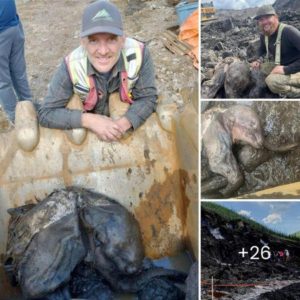A remarkable discovery in the Arctic region has challenged our understanding of ancient avian species. Fossils confirm the existence of Gastornis, a giant, flightless bird with a head the size of a horse, that roamed the swampy Arctic 53 million years ago.
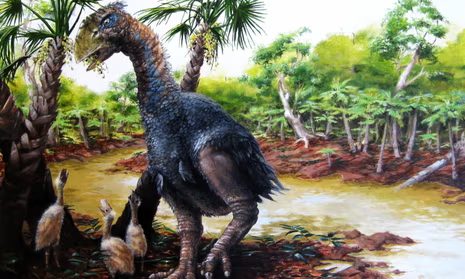
The study, conducted by American and Chinese institutions, identified a single fossil toe bone on Ellesmere Island, above the Arctic Circle, matching it with specimens from Wyoming.
Estimated to be 6 feet tall and weighing several hundred pounds, Gastornis presented a puzzle for scientists. The research suggests that this massive bird may have migrated south during the dark Arctic winters when the region is enveloped in months-long darkness.

Previous beliefs that Gastornis was a formidable carnivore have been challenged, with recent studies proposing a plant-based diet, using its huge beak to consume leaves, nuts, seeds, and fruit.
The rarity of bird fossils in the Arctic adds to the mystery, and researchers are uncertain whether Gastornis lived in the area year-round. Comparisons to contemporary sea ducks that endure the cold Arctic winters or migrate for warmer seasons provide some context.
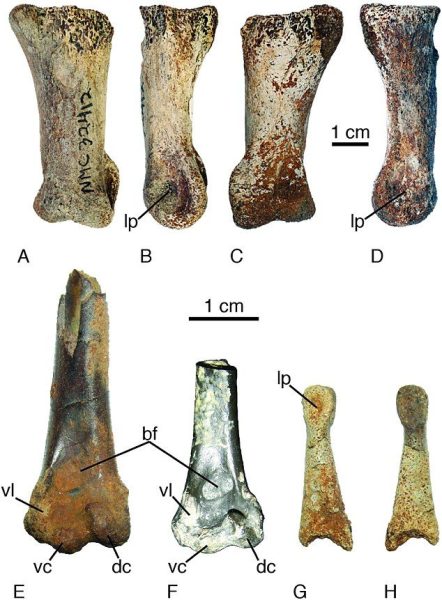
Ellesmere Island, now one of the coldest, driest, and most remote places on Earth, had a vastly different climate during the Eocene epoch, 53 million years ago. The island was covered in cypress swamps, hosting diverse wildlife such as turtles, alligators, primates, and large hippo-like and rhino-like mammals.
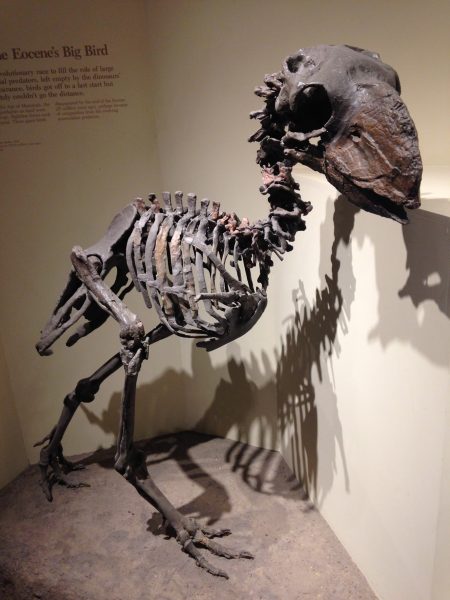
This discovery not only sheds light on the prehistoric inhabitants of the Arctic but also offers insights into the consequences of a changing climate.
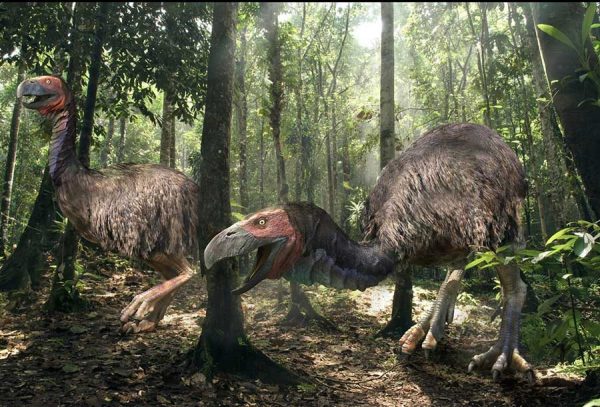
As permanent Arctic ice faces the threat of disappearing, understanding past warm intervals provides crucial knowledge for anticipating changes in plant and animal populations in the Arctic’s future. The Gastornis fossil, a relic from a warmer era, adds another piece to the puzzle of Earth’s ancient landscapes.


